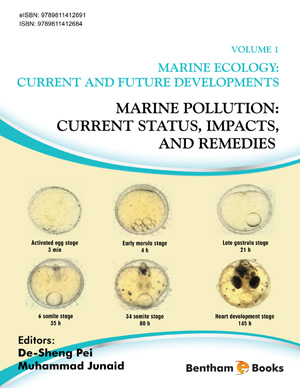Abstract
Mathematical modelers hardly have sound knowledge of biological systems they intend to explore. Therefore, it is essential to introduce key concepts; e.g., populations, species, communities, etc. It presents a description of how diversity of species is organized in different taxonomic classes. All relevant phenomena which play important role in spatial systems are discussed. Allee effect is a phenomenon which governs the rate of growth of a population at low population densities. At higher population densities, growth of a population is limited by its carrying capacity. Habitat fragmentation and Allee effect are two key factors which determine the population growth and community structure. The chapter identifies challenges for a mathematical modeler in the present day scenario and indicates how these challenges could be handled in future. It also describes how the eBook is organized.
Keywords: Populations, Communities, Species, Diversity, Speciation, Allee effect, Habitat fragmentation, drivers, passengers, Keystone species, competitors, Population growth, Malthusian model, Verhulst model, Predator–Prey systems, Homogeneous environment, Non–spatial models, Differential equations, Heterogeneous environment, Climate change.









